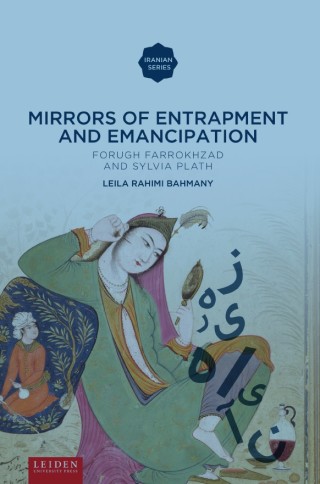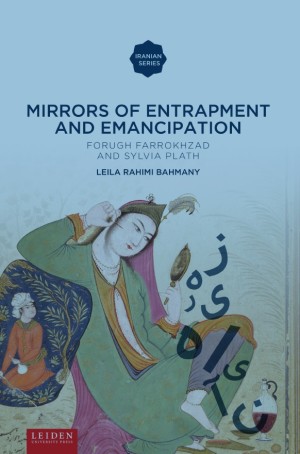Contents
Preface
Note on Transliteration, Dates and Translation of Persian Poetry
Introduction: Women and Their Mirrors
chapter 1 – Mirroring in Mythology and Psychology
“I am That!”: Doubling in the Myth of Narcissus and Echo
The Petrifying Look: The Myth of Medusa
From Narcissus to Narcissism: Freud’s Psychological Exegesis of the Myth
The Subject as an Alienated Construct: Lacan’s Theory of the Mirror Stage
A Spatiotemporal Site of Psychological Interiority: Memory as a Mirror
Mother-Daughter: The Mutual Mirroring
Mirroring in Text
chapter 2 – Mirror Imagery in the Works of Forugh Farrokhzad
A Herstory of a Subject-in-Process
Captive to the Male Gaze
The Mirror as an Eye
The Mirror of the Heart
The Otherness of the Self-image
The Mirror of the Memory and of the Imagination
The Grotesquery of the Mirror Image
The Mirror and the Window
Mother-Daughter Reciprocity in the Mirror
The Emancipated and Emancipating Mirror
Self-Mirroring in the Poetry of Forugh Farrokhzad
chapter 3 – Mirror Imagery in the Works of Sylvia Plath
The Mirror as the Intersection of Academic and Artistic Talent
The Mirror as a Weapon of the Femme Fatale
The Childless Woman: A Narcissist
The Gigolo: Male Narcissism
Woman as a Mirror of Male Ego
Mother in the Mirror
The Monstrous Degeneration Lurking in the Mirror
The Promising Mirror
Child as a Mirror
The Mirror Image Being Identical with the Self
The Appalling Otherness of the Specular Self
Conclusion
Appendix: Farrokhzad’s Poems Discussed in the Text with Their English Translation
Notes
Bibliography
Index

